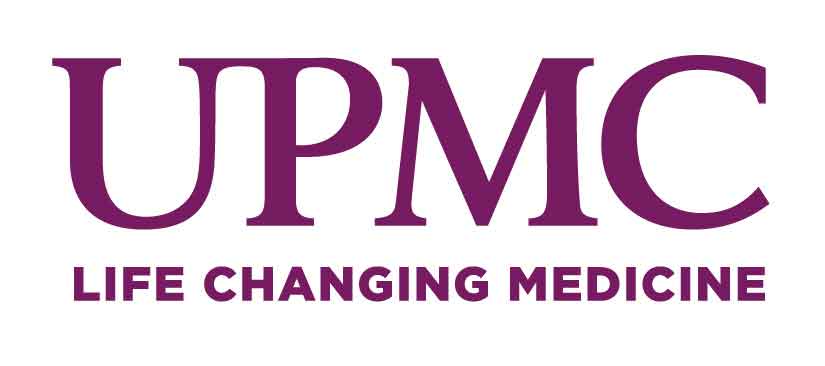UPMC: Novel Computational Pipeline Could Help Repurpose Cancer Drugs for Rare Diseases
By combining computational and experimental approaches, University of Pittsburgh School of Medicine and Prairie View A&M University researchers identified cancer drugs that show promise for treating pulmonary hypertension, or PH, a rare and incurable lung disease.
Published today in Science Advances, the study used a new algorithm to identify candidate cancer drugs for PH. Two of these compounds improved markers of the disease in human cells and rodents. The findings support broader use of this drug-repurposing platform for other non-cancerous conditions that don’t yet have effective treatments.
Stephen Chan release“Repurposing drugs can cut down the time and cost of developing treatments for rare diseases, which historically don’t receive much investment into research and drug development,” said senior author Stephen Chan, M.D., Ph.D., professor of medicine and director of the Vascular Medicine Institute at Pitt and UPMC. “Pulmonary hypertension is an example of a rare disease where there is an unmet need for new treatments, given its devastating consequences. We developed this pipeline to rapidly predict which drugs are effective for PH and get these treatments to patients faster.”
Pulmonary hypertension is a type of high blood pressure that occurs in the vessels that transport blood from the heart to the lungs. As the disease progresses and the heart must strain harder against these high pressures, it can lead to heart failure, multi-organ dysfunction and death. PH affects people of all ages but hits young women more often than men.
Allison Dsouza releaseOne of these young women is Allison Dsouza, a 24-year-old nurse who not only lives with the condition herself but also treats PH patients in the UPMC Lung Transplant Program. She was diagnosed with PH as a high school senior after she started having trouble walking to her car and doing hobbies like horseback riding. According to Dsouza, she was the sickest patient with the highest lung pressures that her doctors had seen.
PH is thought to be triggered by environmental and genetic factors that damage the endothelial cells that line blood vessels, leading to inflammation and abnormal repair that restrict blood flow or cause the loss of the thinnest branches of the lung vessel tree.
The drugs currently available for PH dilate or relax these blood vessels, which can give relief from symptoms and prolong the time it takes for the disease to progress, but they’re not curative. Dsouza receives a drug called Remodulin that is delivered continuously by a pump inserted under her skin. Within months of starting treatment, she walked a 5-kilometer race, started playing polo on horseback and enrolled in college to study nursing.
“The treatments are phenomenal, but they’re also a huge burden on life,” said Dsouza. “Subcutaneous treatments cause severe pain, and intravenous treatments have a huge risk of infection that people can actually die from. The medication is lifesaving, but the side effects can kill you. And for some people, the therapies don’t work.”
According to Chan, there is a need for drugs that target the origins of pulmonary hypertension.

